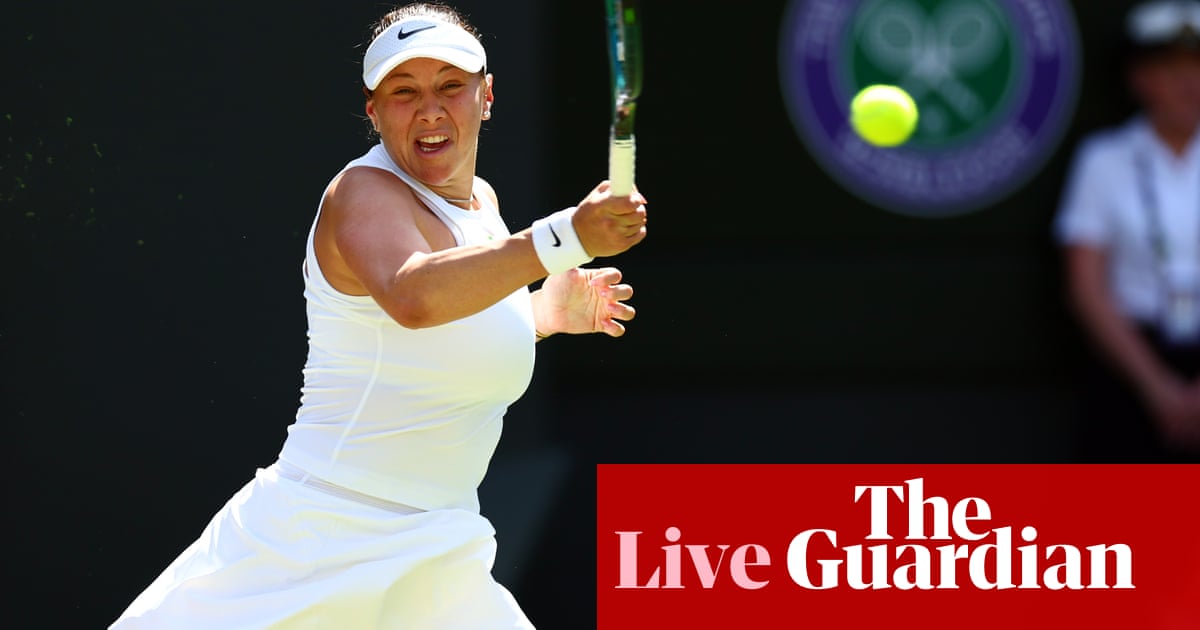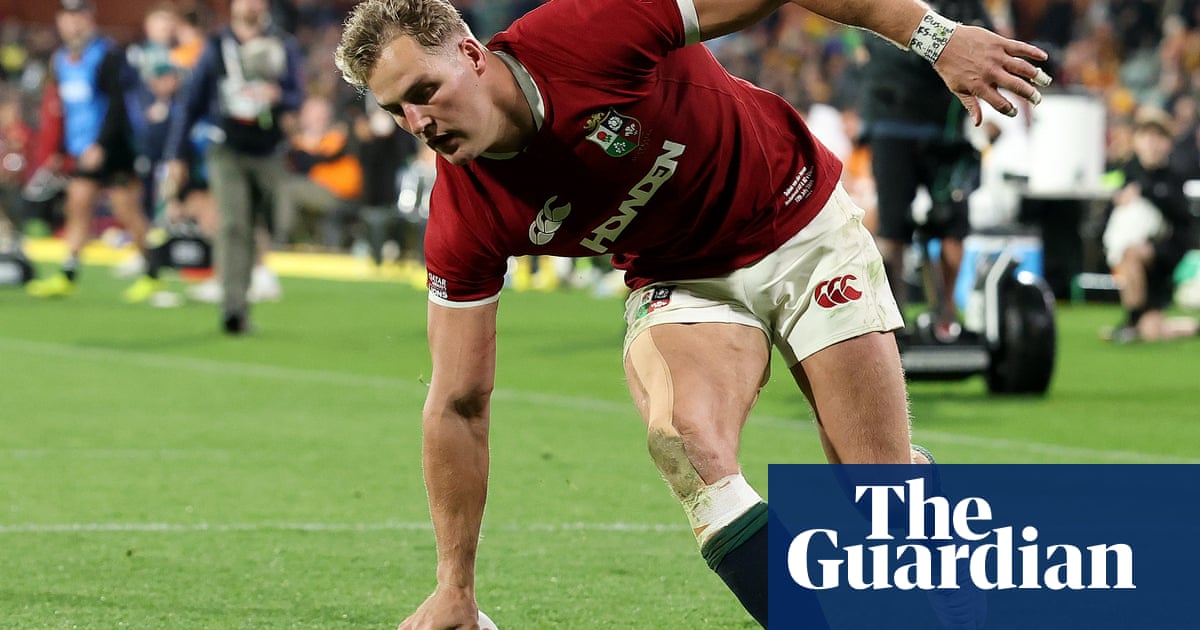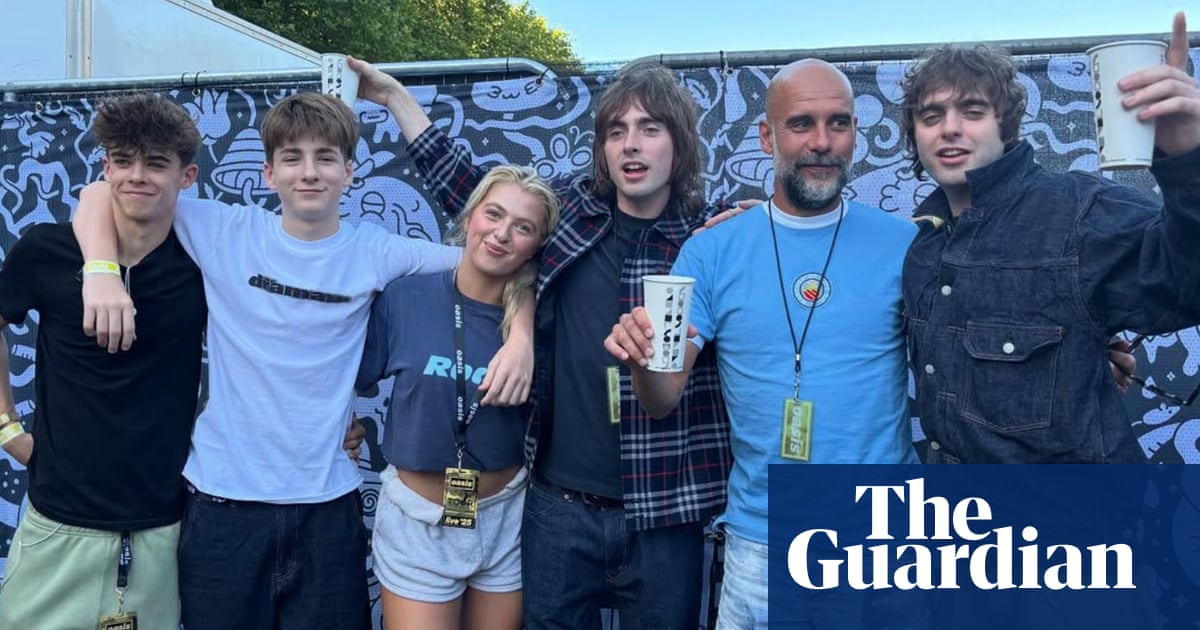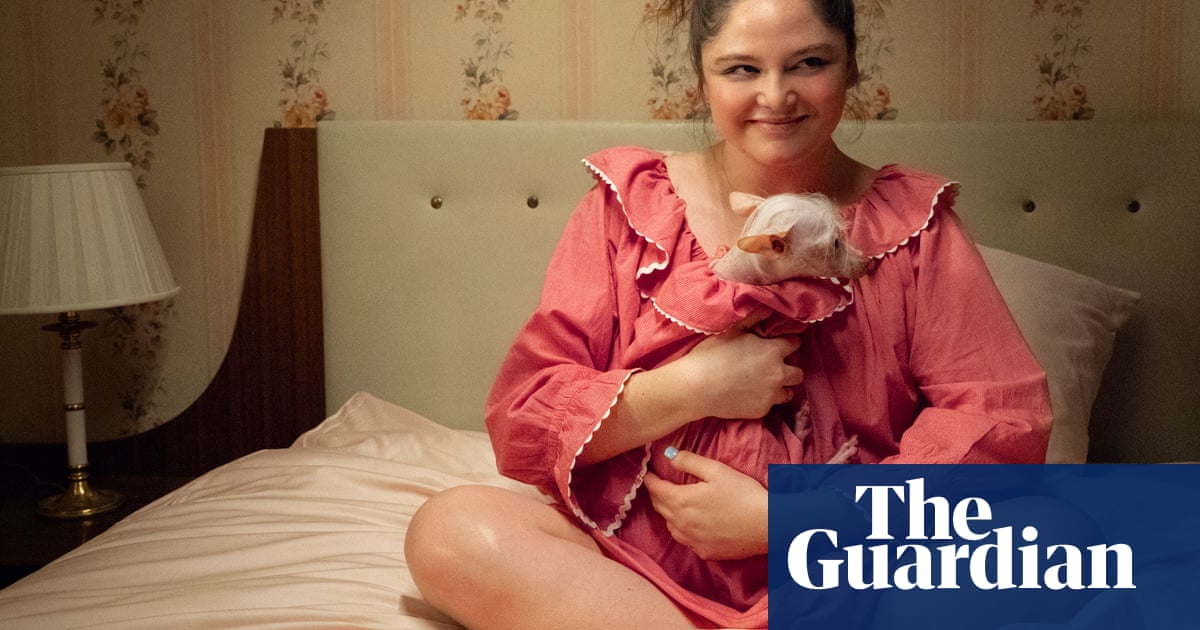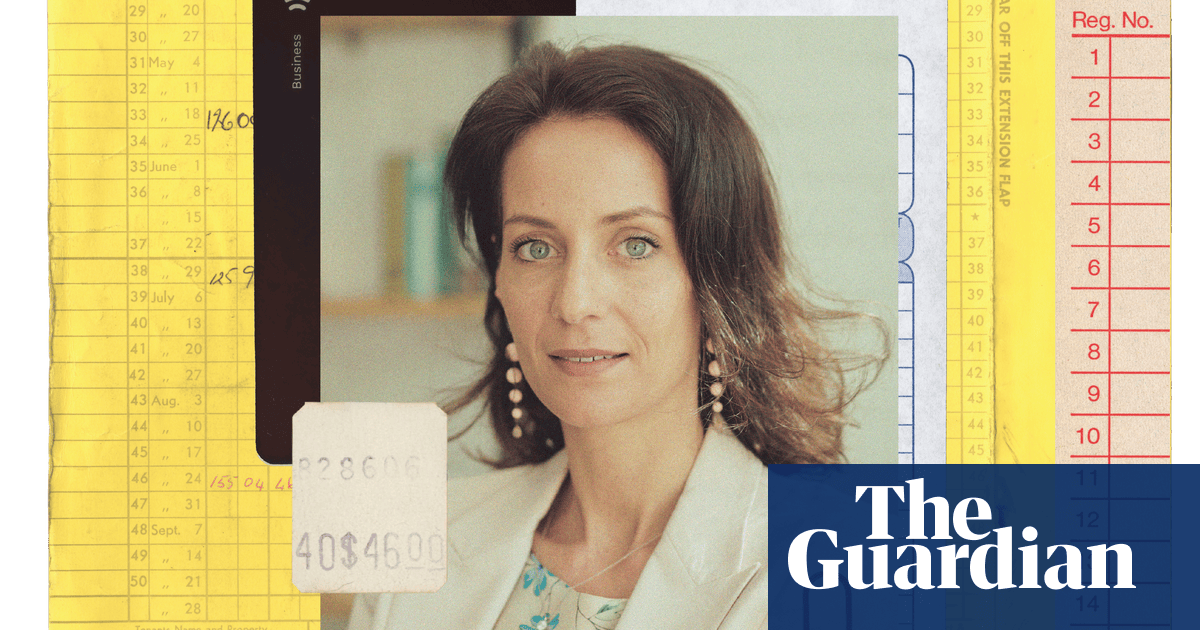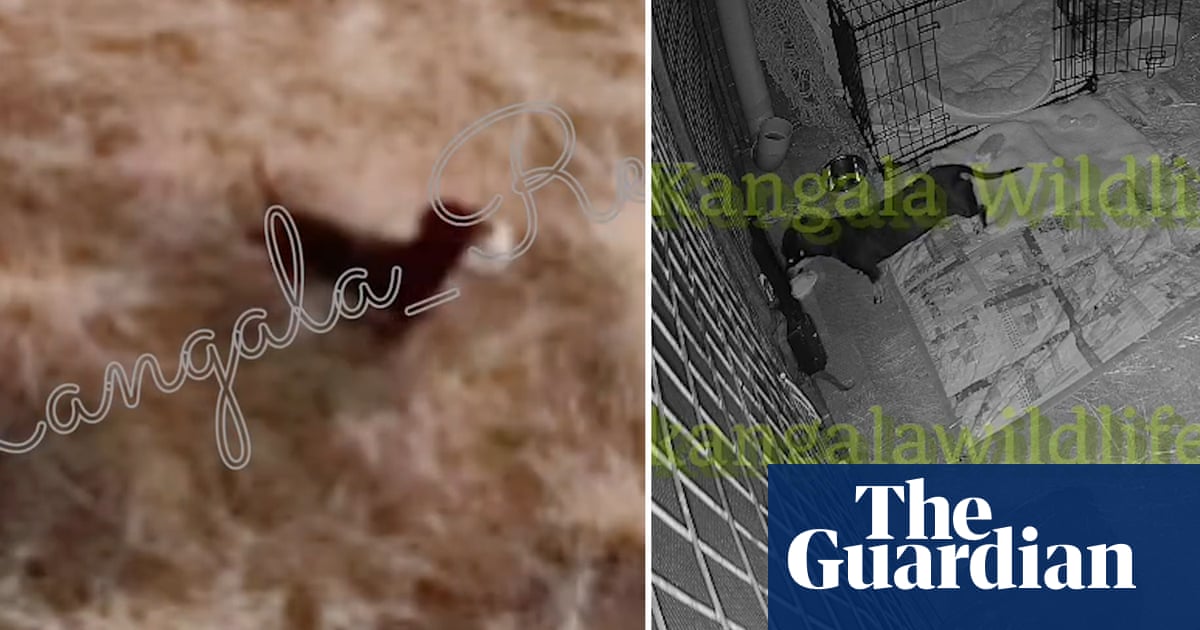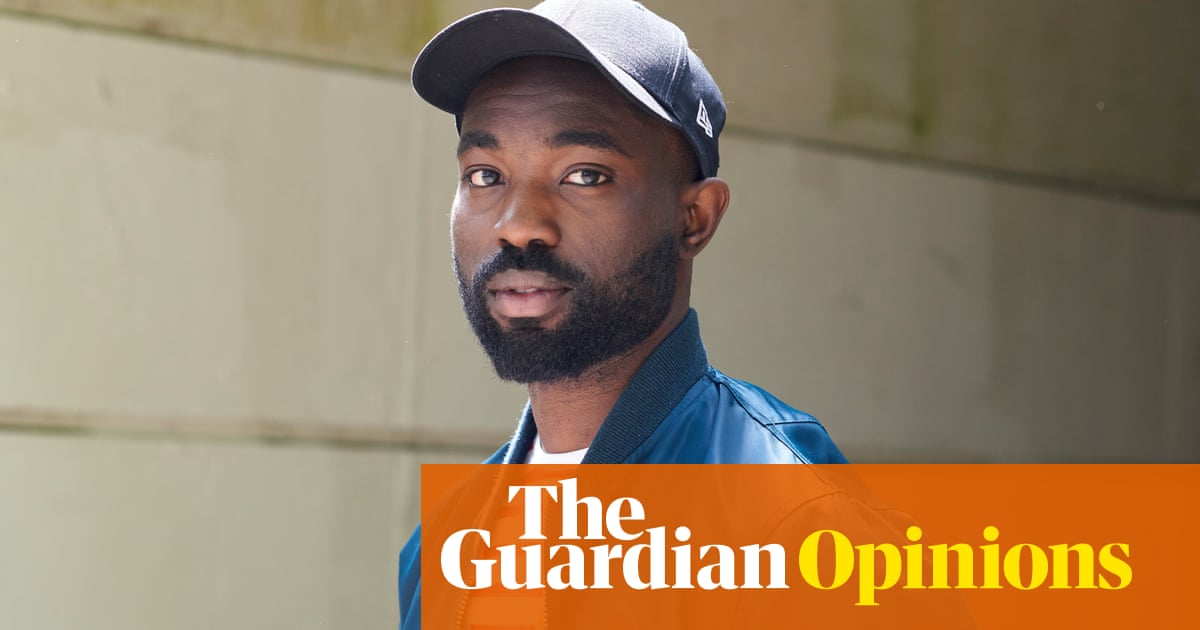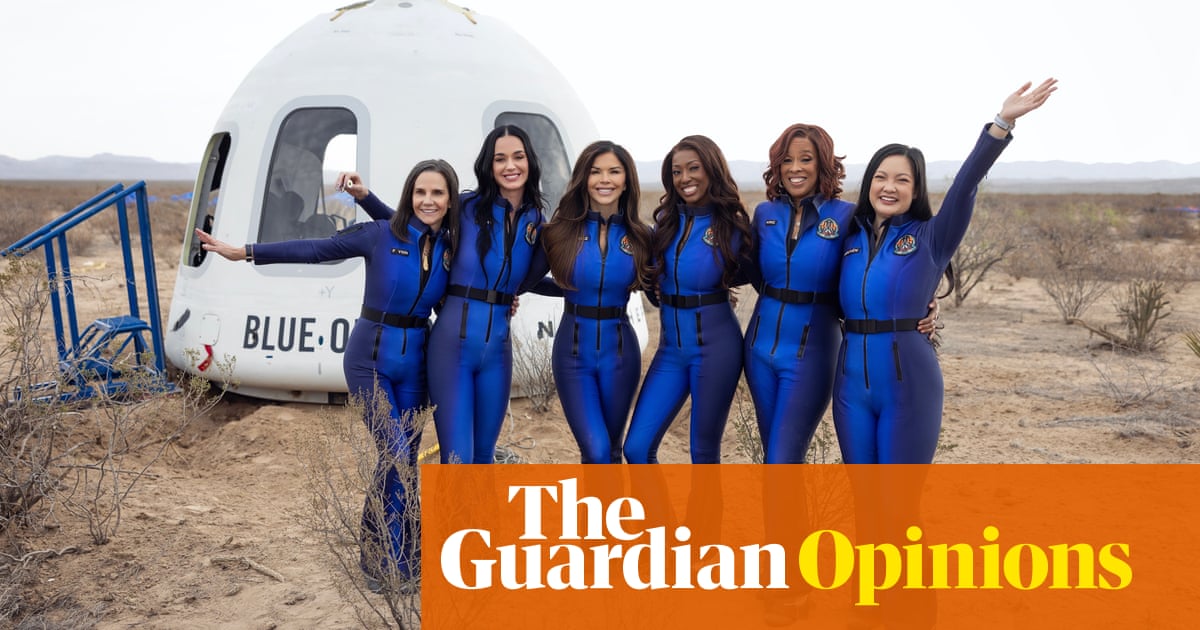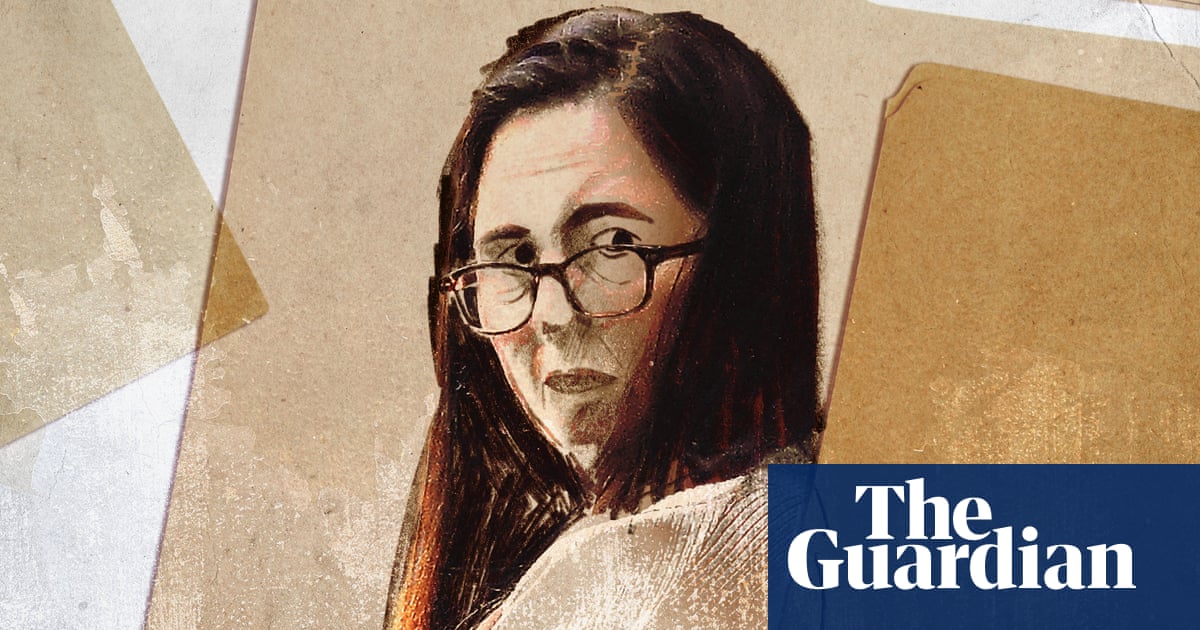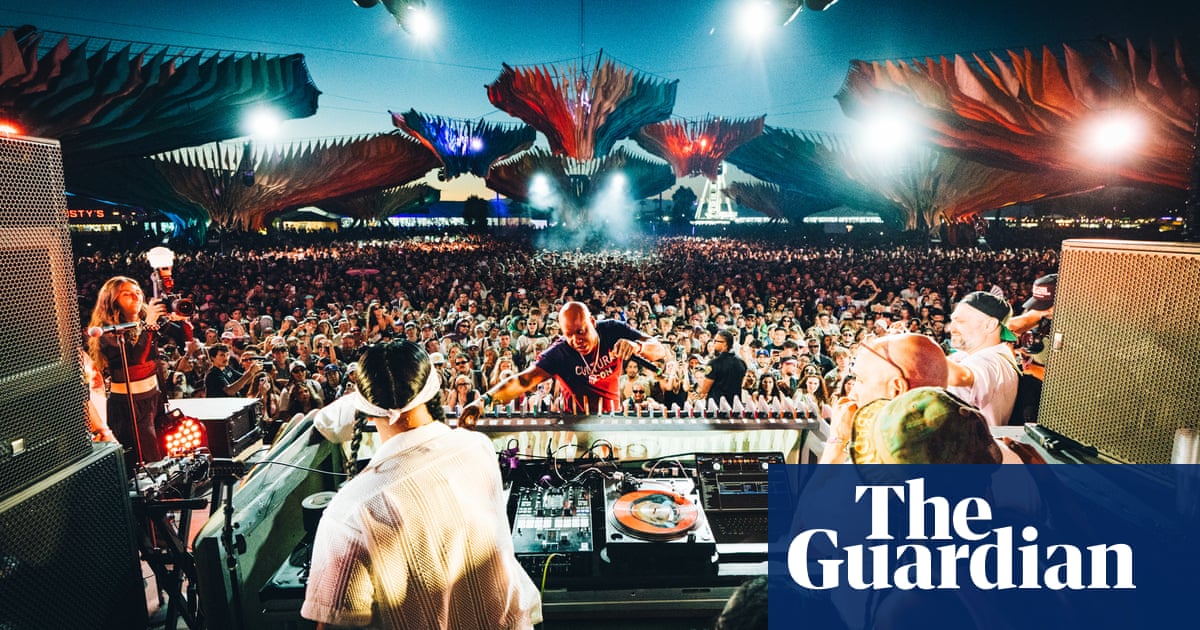Stephanie Gilmore, the most successful women’s surfer of all time, is back. Last weekend, the 37-year-old returned to the World Surf League (WSL) for the first time in two seasons, as a wildcard at the Gold Coast Pro. But unsure of how she would fare, against competitors who had not even been born when Gilmore first started winning WSL events, the Australian came armed with a good excuse.
“I’m playing on stage with Spiderbait,” Gilmore said ahead of a concert which took place on Sunday on the sidelines of the event. “So I’ve actually got something that’s taken my mind off the surfing, which is kind of nice. Maybe it’s a cop-out, but if I don’t do well in the competition I can just blame it on all the band practice I have to do.”
Gilmore, a guitarist, first performed with Spiderbait at Falls Festival in Byron Bay a decade ago, and has since joined the Australian rockers for a number of surfing-adjacent gigs. “Steph is a double mega shredder!” the band said recently.

But Gilmore needed no excuses; she advanced comfortably through the opening round on Saturday, sending junior world champion Luana Silva to the elimination round. After several lay-days, with small surf, Gilmore will be back in action soon – a round of 16 encounter against defending world champion Caitlin Simmers awaits.
“It’s pretty exciting,” Gilmore says. She opted out of the 2024 WSL campaign to focus on other surfing pursuits, and then again decided to miss the current 2025 season. But Gilmore had never flagged the possibility of retirement – a return to competition has always been on the cards. On the Gold Coast, the wildcard enables her to test the waters.
The quality of women’s elite surfing has improved markedly in recent years – thanks in part to equal prize money since 2019 and an integrated tour schedule from 2022. Last year the women charged heavy Tahitian barrels at Teahupo’o, while an exciting new generation of female surfers (including Australians such as Milla Brown and Sierra Kerr) are as proficient in the air as their male counterparts.
“I’m being very honest with myself, in how I go into this, and my expectations are definitely on the lower side,” Gilmore says. “I’ve been watching the women’s tour the last couple of years, and the talent has risen to new heights. To win the events you’ve really got to be producing some excellent surfing. I’m just going to enjoy the journey.”
Gilmore’s return to the competitive rash-vest against a field of young prodigies is a full-circle moment; it was once the Australian, a teenage surf star, downing more-fancied veterans. “I was once that 18, 19-year-old, in my first years on tour,” she says. “I remember coming up against my heroes – it was the best feeling ever, to try and beat them.”

Gilmore’s 2022 world title – the eighth of her career – elevated her above Layne Beachley’s haul of seven, which had long been the defining mark of greatness. “That was my dream – I really wanted to beat Layne’s record,” Gilmore says. “It really put a great exclamation mark on my achievements in my career, I would say probably the best performance of my career. It was a dream come true.”
But then, after finishing sixth in 2023, Gilmore decided to take a break. “I’ve spent 17 years on tour,” she says. “I’ve had a lot of great success, really achieved my main goal – to win an eighth world title. I was looking for something more, in myself and in my surfing.”
Gilmore took time off from chasing event wins to search for new waves, trial new equipment and spend “a lot less time on aeroplanes”, she says. “The tour schedule is quite gruelling.”
Already this year, WSL surfers have gone from Hawaii to a wave pool in Abu Dhabi, to Portugal, to El Salvador, and to Australia, in barely four months. After the three-leg Australian stop, those who survive the mid-season cut will head to the United States, Brazil, South Africa and Tahiti. That’s a lot of jet lag.
“It’s been nice to spend a lot of time at home, see my family and friends a lot more,” Gilmore says. “ But if anything, it’s really just made me appreciate how good the life is that I got to live on tour – and the one I continue to live now. I just want to travel and surf, it really is the best, most fun thing in the world.”
Will a return to the WSL in 2026 follow? It is likely, although not guaranteed, that Gilmore would be granted a season-long wildcard for the next campaign, removing the need for the Australian to qualify through the second-tier Challenger series. The format has also been rejigged, with next year’s title to be determined by overall points rather than a final event (reverting to the format that delivered Gilmore seven of her eight world titles).
“I’m going to surf this event [on the Gold Coast] and see what happens,” she says. “There are some changes happening on the world tour for the future years, and that’s definitely getting me excited to see if I can have another crack. But there are no set decisions just yet – we’ll see what happens.”
after newsletter promotion

With an emerging generation of young stars on tour, including 19-year-old Simmers, 20-year-old Silva and 22-year-old Molly Picklum, plus the likes of Kerr and Brown not far behind them, Gilmore is realistic about her longevity in the sport.
“It feels like there’s a massive amount of young women in this next generation that are just pushing the boundaries,” she says. “For me, my time is probably pretty limited in terms of winning. If I’m going to do it, I probably have a pretty short window in the next few years to do any more winning before it’s just too hard to beat these young women.”
Gilmore is 37; her male equivalent, Kelly Slater, the greatest of all-time, only recently stopped surfing on the WSL regularly. Now in his early 50s, Slater won his last WSL event just three years ago. “Kelly’s a freak,” says Gilmore. “He’s a hard one to use as an example.” But she says better support around health and recovery has helped career longevity, together with a healthy mindset.
“The main thing I get from Kelly is his mind – he stays youthful in his mind,” she says. “Everything is fun and life is a wonderful adventure. He’s just like a little kid who wants to travel and surf – he’s one of the most passionate surfers on the planet. I think that is what has kept him so youthful, and his surfing is still up there with the best in the world at over 50 years of age. He’s a huge inspiration.”

Gilmore says she is taking things one step at a time – starting with the next heat at Burleigh Heads. But although the surfing great has not yet made up her mind about returning to the WSL full-time, she is certainly not ruling out the prospect of a charge at a ninth world title.
“If I’m going to compete on the tour, that’s what I’m going for,” she says, matter-of-factly. “I’m not just going there to be another jersey. So that’s the plan. I’ll see what happens. I think it would be cool to keep going, imagine getting to Kelly’s number [11 world titles]. That would be crazy.” Gilmore pauses for a moment, reflecting on the magnitude of the suggestion. “I don’t think I could do that. But, I don’t know…!”
Alongside another world title or three, there is another aspiration keeping Gilmore in a competition rash-vest. “When I look at the Olympics, 2032 in Australia, I’m like – that would be super cool, to be able to surf in the Olympic Games at home here on the east coast of Australia.” Gilmore will be in her mid-40s come the Brisbane Olympics; she represented Australia at the Tokyo Olympics in 2021, when surfing made its Games debut.
Brisbane 2032 is, she admits, “a pretty out-there dream.” But Stephanie Gilmore is back – and still dreaming big.

 2 months ago
38
2 months ago
38


